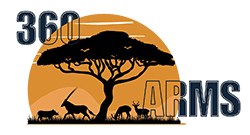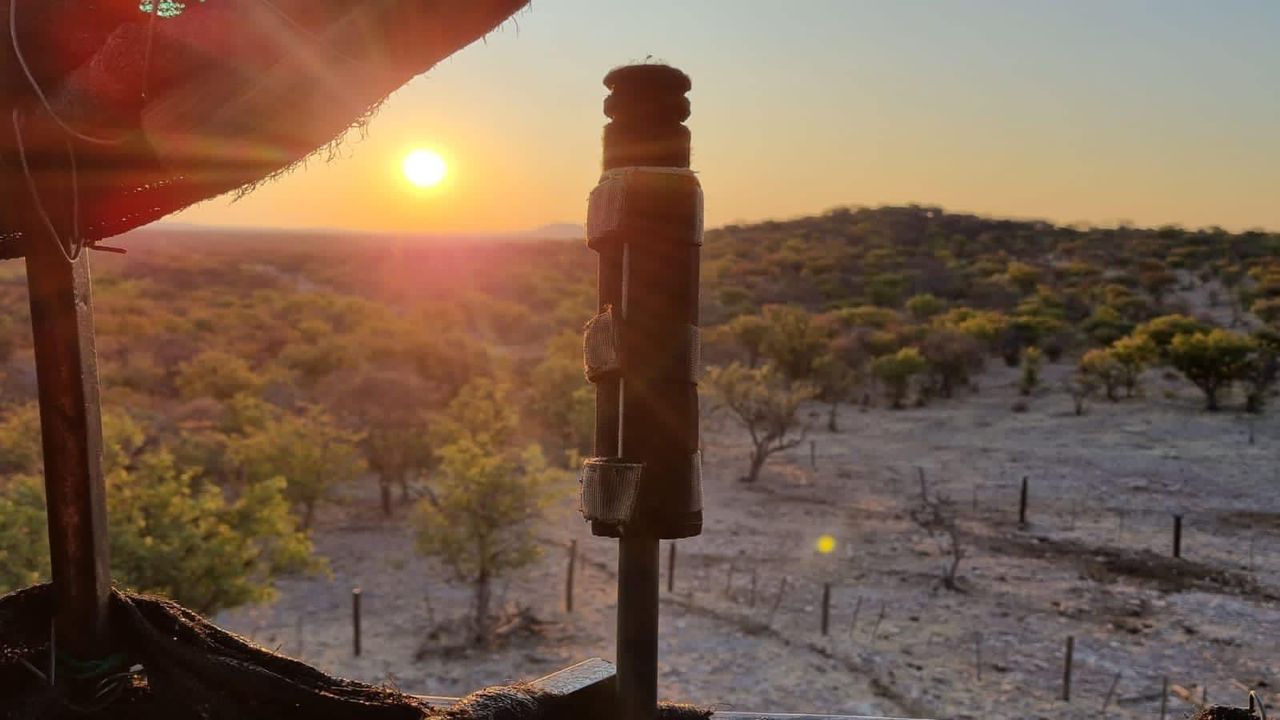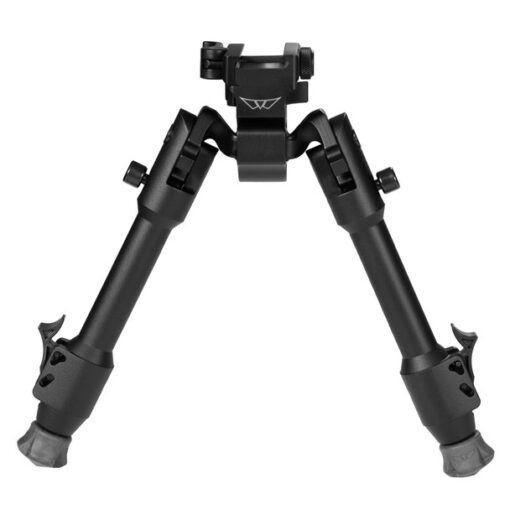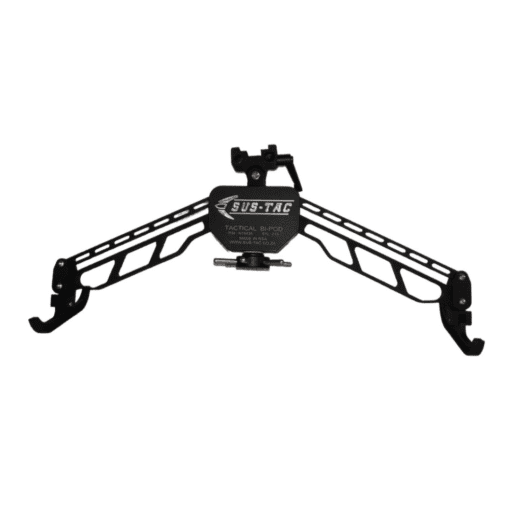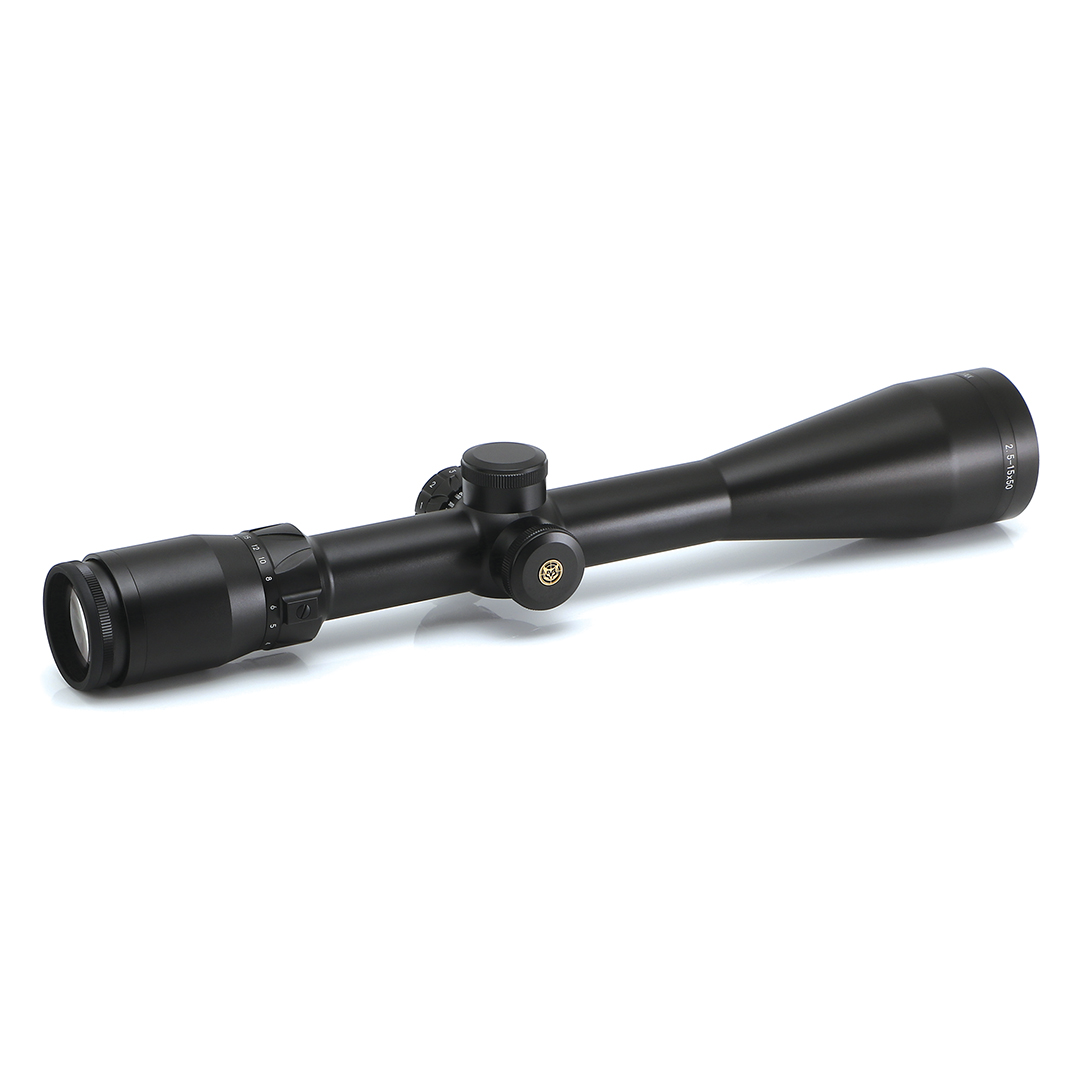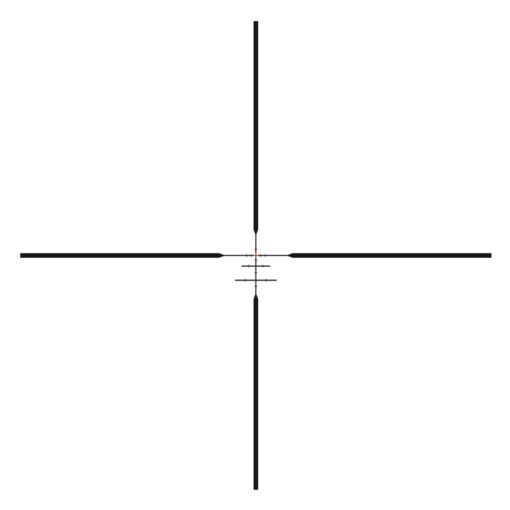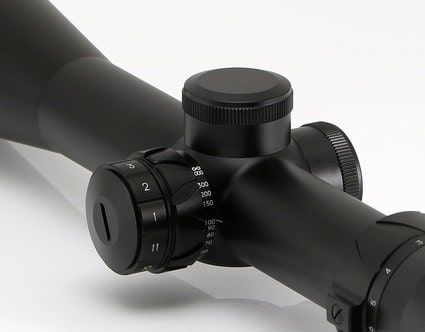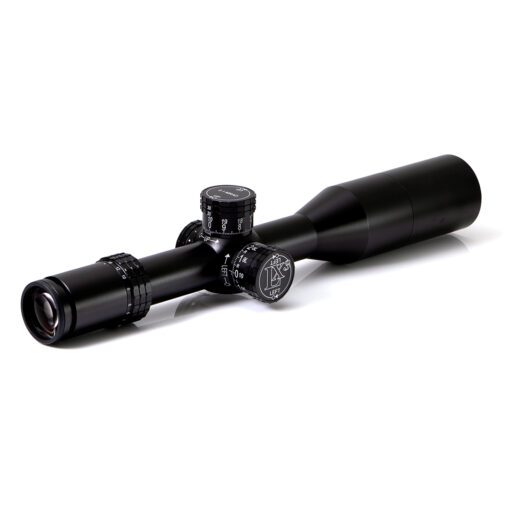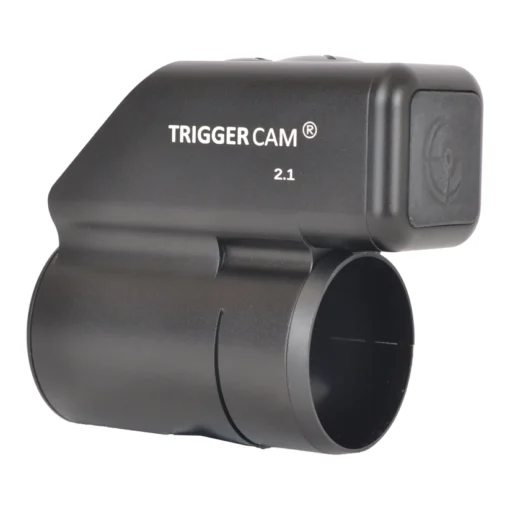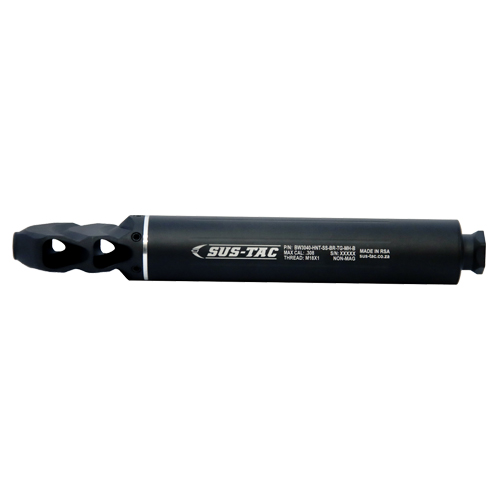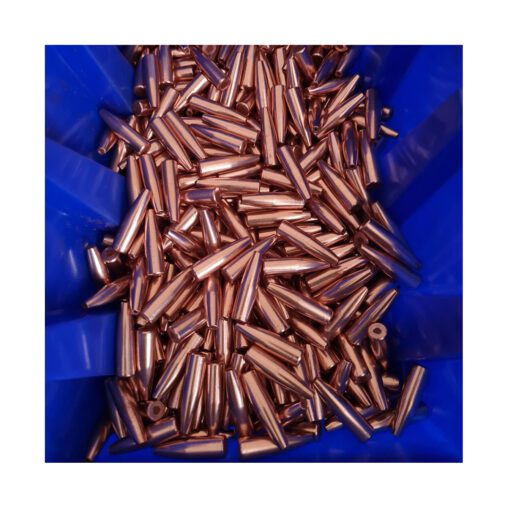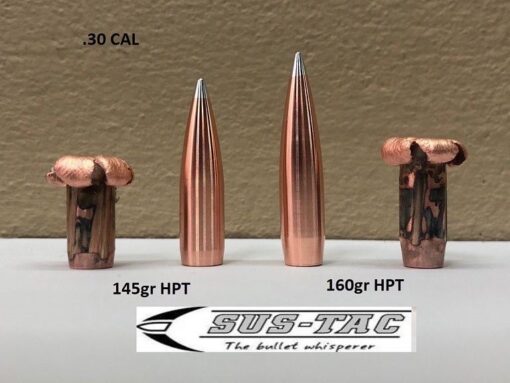Shooting, Uncategorized
Long-range shooting is a process
The journey to master long-range shooting is a process, demanding not just skill but a patient and meticulous approach.
The pursuit of hitting distant targets with precision requires a profound understanding of various factors and a steadfast commitment to refining your skills over time.
Let’s delve into the intricacies of each essential insight that can truly elevate your proficiency in long-range shooting:
Establishing a Comfortable and Relaxed Position is key to shooting.
Begin this critical aspect by not merely finding a comfortable position but creating an environment that fosters relaxation and steady breathing.
Align your rifle naturally with the target, taking the time to ensure the crosshairs are precisely where they need to be for you not to far forward and not to close, keep in mind you want a clear and focused picture.
It would be the time you use to make the necessary adjustments where they are required, move your entire body if needed be comfortable, starting with your legs and get into a resting non stressed position. Pay careful attention to the positioning of the rifle or bipod to achieve optimal stability. Bipods
Remember stability is the bedrock of long-range shooting combined with a rested mind set. When adopting a prone, sitting or standing position, the grounding of your body becomes a key part to form stability, keep 3 points of contact where possible for example with both elbows and forearms firmly placed on the ground with the gun on a rest of bipod. Consider using a any form of support to the rifle butt enhancing overall stability.
The meticulousness demanded in ensuring a flawless scope view cannot be overstated. The alignment of the objective and ocular lenses holds critical importance. The rear lens should slightly exceed the diameter of the front lens.
This precision is not just a technicality, it is equally vital for both telescopic and aperture sights on target rifles.
This means pic the correct scope for your hunt or long-range shooting.
Keep in mind most hunting application scopes have a verry limited range of elevation on the turrets where a proper target shooting scope has an abundance of elevation available that will go above and beyond a normal shooter’s capabilities.
A perfect example in one company scope range.
Lynx offers a scope called a LYNX LX3 3.5-15×50 SAH (South African Hunter) that is a scope that is ideal for hunting up to 500m away.
The 15 power allows for a good field of view and the reticule itself has dots and hash line bult in. that makes drop easy to know.
But this is a second focal plane scope which makes it a less than ideal scope for long range shooting.
Lynx also offers a FFP model called a LYNX LX 3 4-25×50 ELR scope.
This is a first focal scope with a 44 MRAD Elevation.
This scope has the power factor to have magnification where needed and it has a MRAD crosshair that is accurate to shoot with.
The scope is Ideal for long range shooters and allows you to reach out to the maximum distance the normal gun can go.
From here on the equipment just grows with Charly systems and Night force prisms.
With the optics always ensure you use proper Mounts with your gun. Quality and strength will be key.
Always use the best you can afford. Keep in mind levels can be helpful when shooting.
The next step is pulling the trigger that becomes a symphony of finesse and repeatability.
Squeeze the trigger with the center of the pad of your index finger while maintaining an unwavering gaze through the scope.
Blinking or flinching can significantly impact your accuracy.
Memorize the crosshair placement at the moment the shot breaks and refocus on the impact moment. This is crucial for precise follow-up shots.
To help you to keep an eye on your shooting you can use a camera on your gun called a trigger cam. We use the camera to replay our shots to ensure we are eliminating all flinching and unnecessary movement.
Controlling Recoil and with a Firm Grip you can fix a lot of shooting errors.
By balancing a firm grip, will work for recoil and maintaining a firm shoulder pressure will manage recoil effectively. This will ensure a more consistent shooting position also.
A good cheek rest is vital for shooting, ensuring that your cheek engages the stock properly, maintaining proper alignment with your optics.
Hold the grip firmly, with your thumb curled around it to avoid discomfort, especially when dealing with larger calibers with heavy recoil.
Do not allow the gun to hit you rather control the recoil with Muzzle breaks and Suppressors.
Consistent recoil management will make larger calibers easy to shoot with in the long run.
Use the correct recoil pad on a modified gun.
You can wear a padded shooting jacket to help you shoot with less felt recoil.
Mastering the Short-Range Shooting Before Extending the Distances will be important.
Before you start long-range shooting, mastering the fundamentals at short range is a important and cannot be avoided.
Addressing basic errors in closer distances becomes a foundation for success, particularly when dealing with the complexities of elevation and windage.
Practice adjusting your elevation on deferent distances and shoot on windy days. This will help you understand the complexity to how much wind and elevation can affect a target up to 500m away.
Honing your Skills around of wind and elevation, shift your focus to a comprehensive understanding of the effects of wind and gravity, dig a bit deeper on deferent days compile a D.O.P.E card.
Calculate wind speed, direction, and incorporate proven ballistic data into your approach. Equip yourself with tools such as a wind meter, laser range finder, and a tailored ballistic solution for your specific rifle.
Consider the impact of environmental factors, including topography, trees, mirage, and varying wind values and the route to the target.
Only through experience gained by firing rounds in diverse conditions can you develop the skills necessary for consistent success.
First shot impact is a Priority when it comes to Accuracy.
Success in long-range shooting is not merely a reflection of past achievements but hinges on consistent first-time accuracy.
This is particularly crucial when facing live game scenarios within a few hundred meters or dealing with complex conditions.
Respect for living targets should be important to you and to the sport of long-range shooting.
Hunt with the mindset to get close enough to ensure a humane and ethical shot.
Be thoroughly prepared with the requisite skill and ammunition to navigate unforeseen challenges that may arise during the hunt.
Self-Reloading ammo is and will be a valuable skill when shooing. This will also help you to get the best out of your gun.
Takeaway: It’s not about how much you spend, it’s about how much you practice. Invest in quality equipment, practice your technique at short ranges, and only then venture into long-range shots. Observe, record, and repeat, because mastery comes with time spent honing your skills.
Happy Shooting
Francois (360arms)
